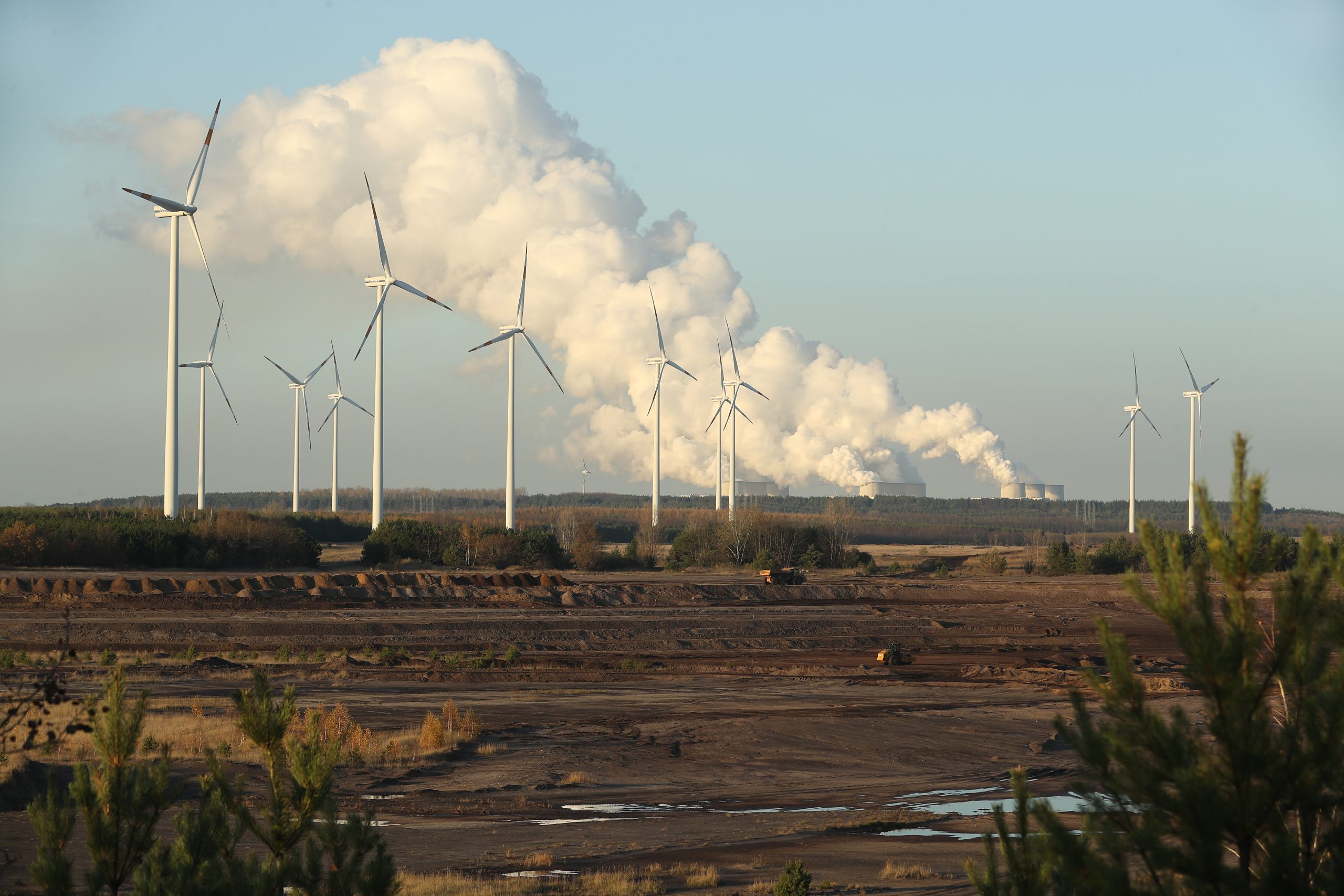Most of the world's nations have agreed to limit warming to 2°C, with a stretch goal of keeping things below 1.5°C. Since we have a good sense of how carbon dioxide drives that warming, it's possible to estimate how much more CO2 we can add to the atmosphere before those goals are exceeded. People have referred to that limit as a "carbon budget." The budget is useful, because it allows us to evaluate different ways of keeping below it. If cars are electrified by 2030, for example, it might give us more time to figure out how to handle air travel.
Now, a group of researchers has compared that carbon budget to the existing sources of emissions from fossil fuels, including power plants, industrial sources, and more. The analysis finds that we already have enough carbon-emitting power plants to push up against the limits of the carbon budget, and the number of plants in the planning stages might cause us to shoot right past it.
Running the numbers
To figure out how we're doing on the carbon budget, the researchers totaled up all the major sources of emissions, including industrial sources, cars and trucks, and power-generation plants. The annual emissions from each of these was then projected forward, accounting for things like the typical lifespan of each, their annual use (miles for cars, capacity factor for power plants, etc.), and the emissions associated with that use. You can view these as emissions we're committed to, as they'll happen unless we retire hardware before its usable lifetime is up.
Power plants, which have long lifecycles and often burn coal (which releases lots of carbon per unit of electricity), account for over half the emissions we're committed to, at 360 Gigatonnes of carbon dioxide. One of the main reasons behind this large percentage is that so much of the power-generating hardware is new, due to China and India's push to industrialize. Of China's fossil fuel plants, 79% were built after 2004, and 69% of India's were. But because China has built so many more of them, it's far and away the largest source of emissions commitments.
Industrial sources account for an additional 162 Gigatonnes of emissions. After that, most contributions are relatively minor: 64 Gigatonnes from transportation, 42 from housing, and 18 from commercial buildings. Thus, the focus on reducing emissions from electrical generation seems appropriate.
There is some good news, however. The US and EU have an older stock of fossil fuel-burning plants, so they are only committed to the neighborhood of 50 Gigatonnes of emissions. Their total of committed emissions has been shrinking since 2006. India's smaller grid means that it is only committed to about the same total as the US, and its committed emissions started dropping in 2014, as did China's. Thus, many of the trends are headed in the right direction.
Committed emissions vs. commitments
Overall, the total committed emissions add up to 658 Gigatonnes of CO2, assuming everything is operated as it has been in the past. And that's a big problem, given that it's already above the estimated carbon budget that will keep warming limited to 1.5°C. (To have better-than-even odds of staying below 1.5°C, it's estimated that we can only emit a maximum of 580 Gigatonnes.)
But things got even worse when the researchers went on to consider all the additional power plants that have been proposed or started construction. As of the start of this year, about 600GW of coal plants were planned, along with a similar capacity of natural gas-fueled generation. These would add another 190 Gigatonnes of emissions if they were completed, bringing the total to 846 Gigatonnes. If those are completed and used as normal through their lifespans, there's very little chance of limiting temperature increases to 1.5°C. In fact, we would use over two-thirds of the carbon budget for keeping temperatures below 2°C.
While this sort of analysis can be valuable, there are a number of complexities it doesn't capture. For example, transportation like cars and trucks don't make a major contribution because they typically have a relatively short lifespan. But we currently have a lot of infrastructure dedicated to producing internal combustion engine vehicles, so they're likely to remain a factor in future emissions.
In addition, as the authors note, the analysis is very sensitive to one of its assumptions: that the future infrastructure will be used in the same way it always has been. There are some signs, however, that that's starting to change. A number of plants have been closed ahead of their expected obsolescence as newer facilities have been able to operate at substantially lower costs. In addition, the increasing fraction of intermittent renewable sources has promoted the use of facilities that can respond rapidly to demand and operate at lower capacity factors.
Carbon capture
The wildcard in all of this, however, is carbon capture and storage technology. While it's widely acknowledged that capture is likely to be needed (in part because of reports like this), technology development has lagged, in part because the economics are so bad. Barring a price on carbon, that's unlikely to change. But, should the technology be developed, it has the potential to both limit the impact of these power plants and to draw carbon directly out of the atmosphere should we overshoot our targets.
Given that this analysis says we're likely to do so, that may ultimately become critical. The alternative is to incur the costs of retiring hardware before it has reached its expected obsolescence.
Nature, 2019. DOI: 10.1038/s41586-019-1364-3 (About DOIs).


